Using The Ear In Order To Hear _ Jee Young Maeng
-
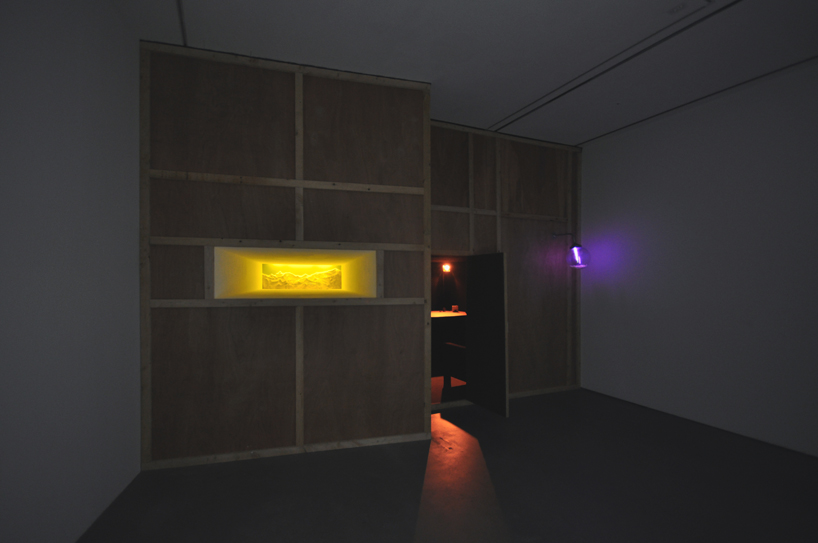 Using The Ear In Order To Hear2014, Doosan Gallery,Seoul
Using The Ear In Order To Hear2014, Doosan Gallery,Seoul -
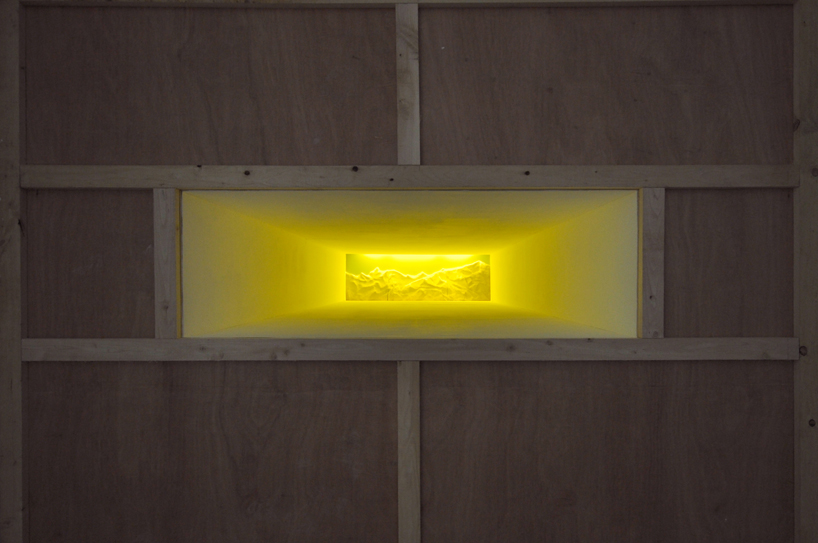 Using The Ear In Order To Hear2014, Doosan Gallery,Seoul
Using The Ear In Order To Hear2014, Doosan Gallery,Seoul -
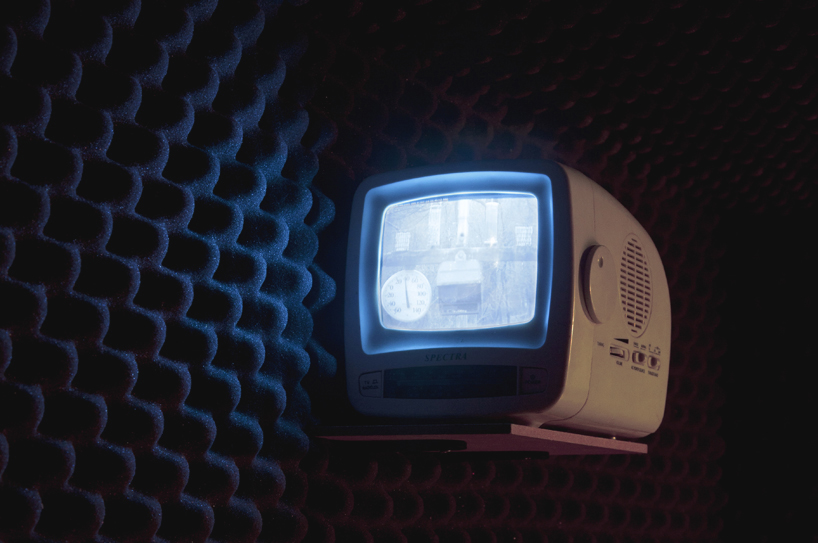 Using The Ear In Order To Hear2014, Doosan Gallery,Seoul
Using The Ear In Order To Hear2014, Doosan Gallery,Seoul -
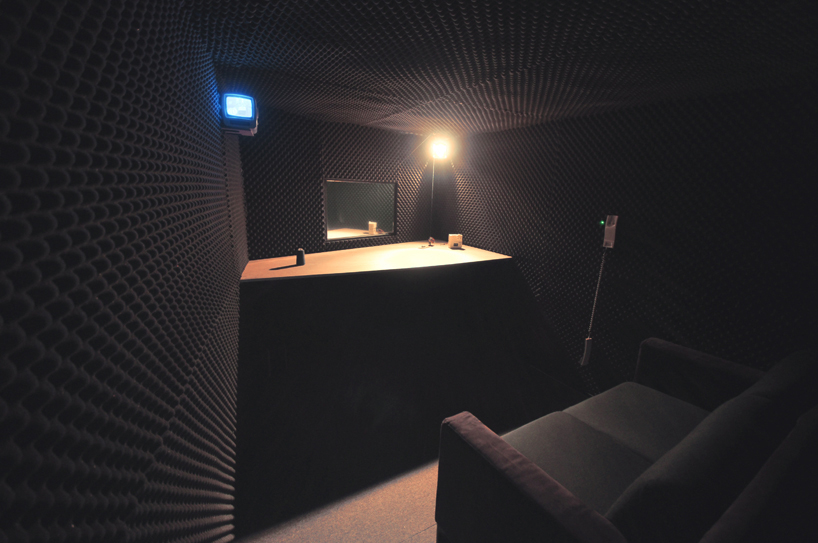 Using The Ear In Order To Hear2014, Doosan Gallery,Seoul
Using The Ear In Order To Hear2014, Doosan Gallery,Seoul -
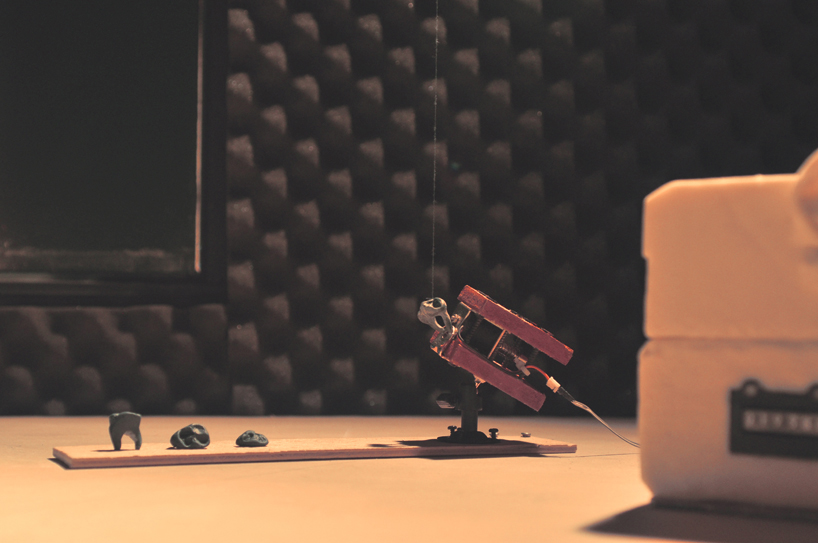 Using The Ear In Order To Hear2014, Doosan Gallery,Seoul
Using The Ear In Order To Hear2014, Doosan Gallery,Seoul -
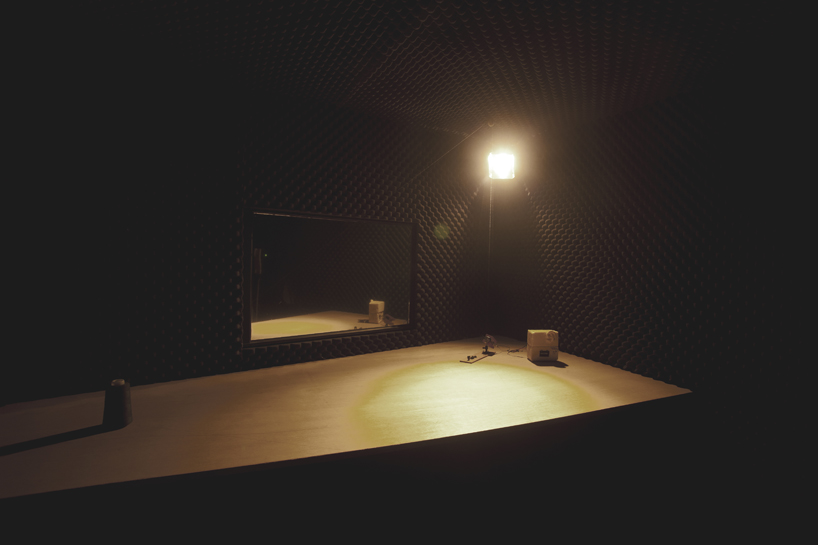 Using The Ear In Order To Hear2014, Doosan Gallery,Seoul
Using The Ear In Order To Hear2014, Doosan Gallery,Seoul -
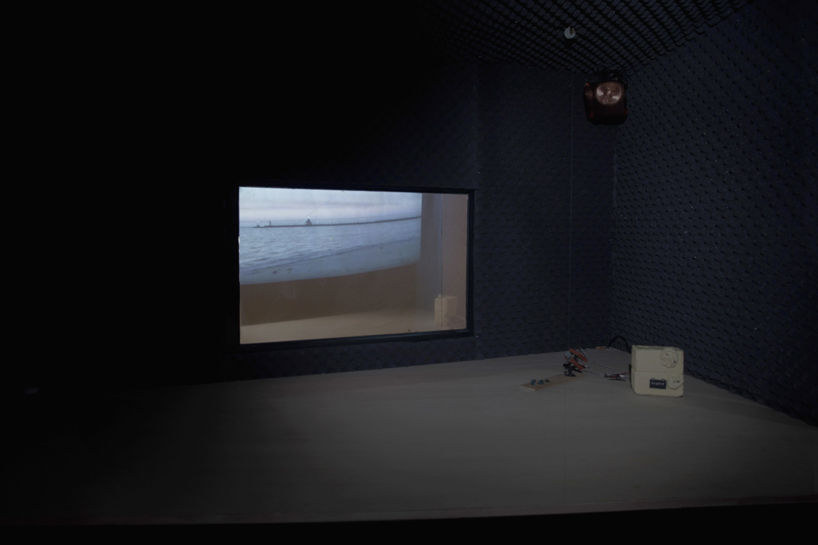 Using The Ear In Order To Hear2014, Doosan Gallery,Seoul
Using The Ear In Order To Hear2014, Doosan Gallery,Seoul -
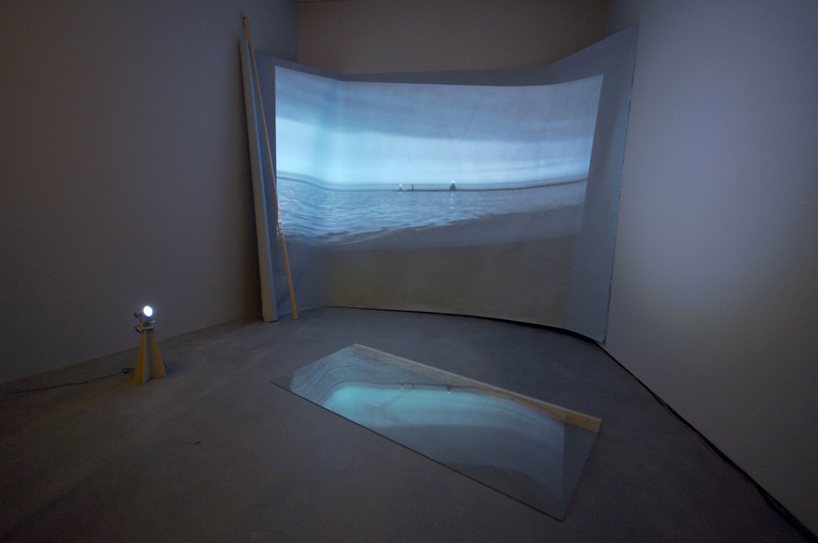 Using The Ear In Order To Hear2014, Doosan Gallery,Seoul
Using The Ear In Order To Hear2014, Doosan Gallery,Seoul -
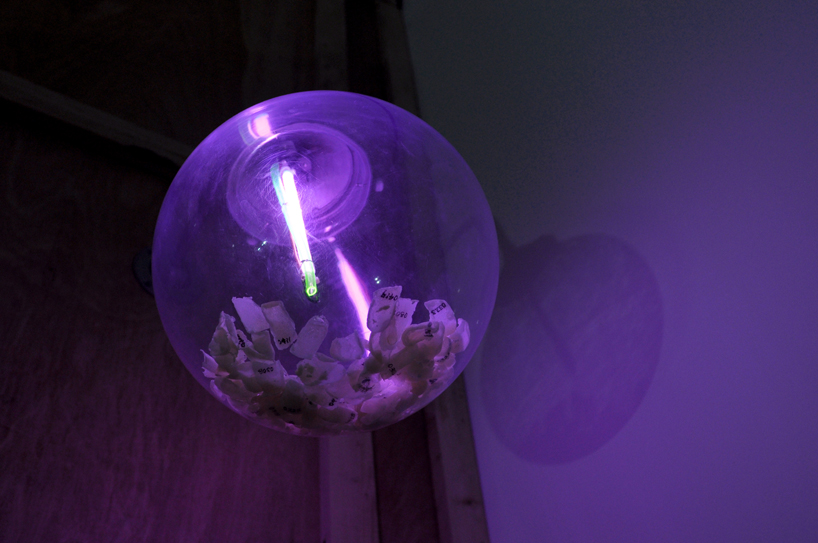 Daily, fingerprint2014, Doosan Gallery,Seoul
Daily, fingerprint2014, Doosan Gallery,Seoul -
 Daily, fingerprint2014, Doosan Gallery,Seoul
Daily, fingerprint2014, Doosan Gallery,Seoul
Forgotten (Lost) Landscape: One that I Have Forgotten, One that I Have Lost
Jee Young Maeng
Curator, DOOSAN Gallery
Scene One:
There is a mountain that is crumpled and refracted. This mountain remains a distant landscape that can neither be approached nor ascended. But I own this mountain. The landscape captured in the water has become fossilized.
Scene Two:
Inside a dark room.
The only thing that is visible is a window, which grabs my attention. I can see a view of the monotonous ocean through the window. When the sun glows on the horizon and the sky becomes dark, an occasional blinking light from a lighthouse brings me into reality. I hear and feel a low frequency ticking sound that creates a vibration from somewhere in the room. By the time I am accustomed to the dark, I am able to see a phone on the wall.
Scene Three:
When I pick up the phone, suddenly, the room becomes bright. Once the light is on, the landscape of the ocean vanishes. I am greatly relieved when I hear someone on the other side of the line humming, so that I can feel somehow connected. Is he or she somewhere in the landscape that I can see through the window?
I start to recognize myself in the dark, looking back at myself from the window. The sound of ticking from somewhere in the room is coming from on top of a table in the dark.
Tick Tock Tick Tock
A black tooth, hanging by a thread and suspended from the ceiling, bounces every now and then. A truncated ear, carved into yellow blocks made from margarine, counts the number. I hang up the phone.
And it is dark again.
Scene Four:
I exit the room. Transparent and round-shaped lighting holds within it the radiance of its color—pink—and contains a daily record that does not change easily. Every day I crumble and scatter. And suddenly, I am buried yet again.
Jihyun Jung carefully unfolds fragmented images and places them into an abstract space. They are familiar and yet unfamiliar, abrupt and yet simultaneously subtle. Using The Ear In Order To Hear (2014) is a collection of installation pieces that Jung utilizes in the provided space as a site-specific stage. They consist of sculptures and a makeshift room that create a theatrical atmosphere, all of which viewers are able to experience only if they possess a keen sense of curiosity. A surrealistic mountain, glowing with a mysterious yellow light, is imprisoned in a fish tank. It appears almost like a fossil, and serves as a prelude to encountering Using The Ear In Order To Hear. The seemingly unrealistic mountain does not recede from the viewers’ sight, nor does it get any closer in proximity to the viewers. This odd tug-of-war metaphor painted into Jung’s work seems to embody a distance in the space that exists between one’s own self and others in society. Using The Ear In Order To Hear does not portray Jung’s personal narrative, even though it appears to be a theatrical play with its own chronological order. The story that Jung draws for viewers is both a collection of the obscure and a clear record of his (un)meaningful actions; these involve observing quasi-still images from a real time camera or regularly documenting unchanging body parts. By engaging in these seemingly monotonous and worthless performances, Jung secures an individual space from the commotion and instigates a wave of disparity within collective lives in a tumultuous society.
How To Hold Your Breath_2014
Doosan Gallery
a selection from How to Hold Your Breath: Seeking an Individual’s “Massive” Tremor from Daily Life